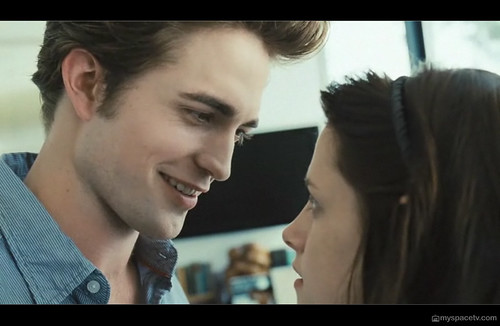Over time, the spheres of nature and humanity have been forced to collide. This can be perceived as something beauteous, or on the other hand, something potentially terrible for the fate of the world. Both Ezra Pound’s poem “In a Station of the Metro” and Gerard Manley Hopkins’ sonnet “God’s Grandeur” examine the temporal aspects of nature and delve into the industrialization of society. Expressed in different ways through unique uses of structure, rhythm, and select word choice, each poet generates an opinion about industrialization and nature that directly opposes the other.
Using the most basic form of poetry, a couplet, Ezra Pound manages to effectively convey his thoughts through the use of contrasting images. The first line paints a picture of an industrialized and crowded society. Images of a populated city filled with movement and modernized technology run through the reader’s mind. The second line, however, creates quite the opposite image within the mind’s eye. In this line, the quiet, still images of undisturbed nature are the focus. When broken down and analyzed, the reflections created in each line seem to create opposing ideals within a society, but Pound’s use of images show how the two can actually go hand in hand. The industrialized world still contains a beauty and naturalness, and can bring up the images of nature.
Because of the brevity of his poem, Pound uses a select choice of words to convey appropriate imagery in his poem. In the first line, he uses the word “apparition” to describe the people in a crowd. One common synonym for an apparition is a ghostly figure or phantom. When thinking of the meaning in this light, the tone of the poem takes on a feeling of the supernatural, thus connecting concrete modern day technology to something out of this world. This word can also simply mean appearing, although usually occurring in a rather quick, startling manner. Images of a busy metro station, with people rushing by amidst the hustle and bustle, come to the surface. Not one person is there for a very long period of time, they are rushing about; it is as if their faces are there one moment and gone the next. When choosing the wording of his poem, Pound could have easily used either of these words in place of “apparition,” however the dual nature of this single word is quite critical to the imagistic poem and how he connects it to the latter half of the couplet.
Applying the more formal structure of the Italian sonnet, Gerard Manley Hopkins’ uses the first octave of his poem to create the competing images of nature and industrialization. Unlike Pound’s poem, however, which first invokes images of a technology filled world,
Despite the somewhat negative images within the first part of “God’s Grandeur,” the
The petals on the bough can also be paralleled to the faces in the crowd. They sit, pale against the black backdrop of the wet bough; similarly the pale faces of the people rushing by contrast the dark underground atmosphere of the station. It is in this way that Pound effectively draws the correlation between technology and nature and how both can coexist upon the same earth. Although
It is clear that both Ezra Pound’s “In a Station of the Metro” and Gerard Manley Hopkins’ “God’s Grandeur” both focus on the contrasting images of nature and industrialized society. However it is only with deeper analysis that the opposing messages these two poets send across about the same subject matter becomes evident. Despite the brevity of his poem, Pound manages to use a select choice of vocabulary to invoke a barrage of opposing yet complimentary images within the reader’s mind. In a few short words he displays the connections between the industrialized world and the natural and implies that as time passes the two spheres coexist rather peaceably. On the other hand,


